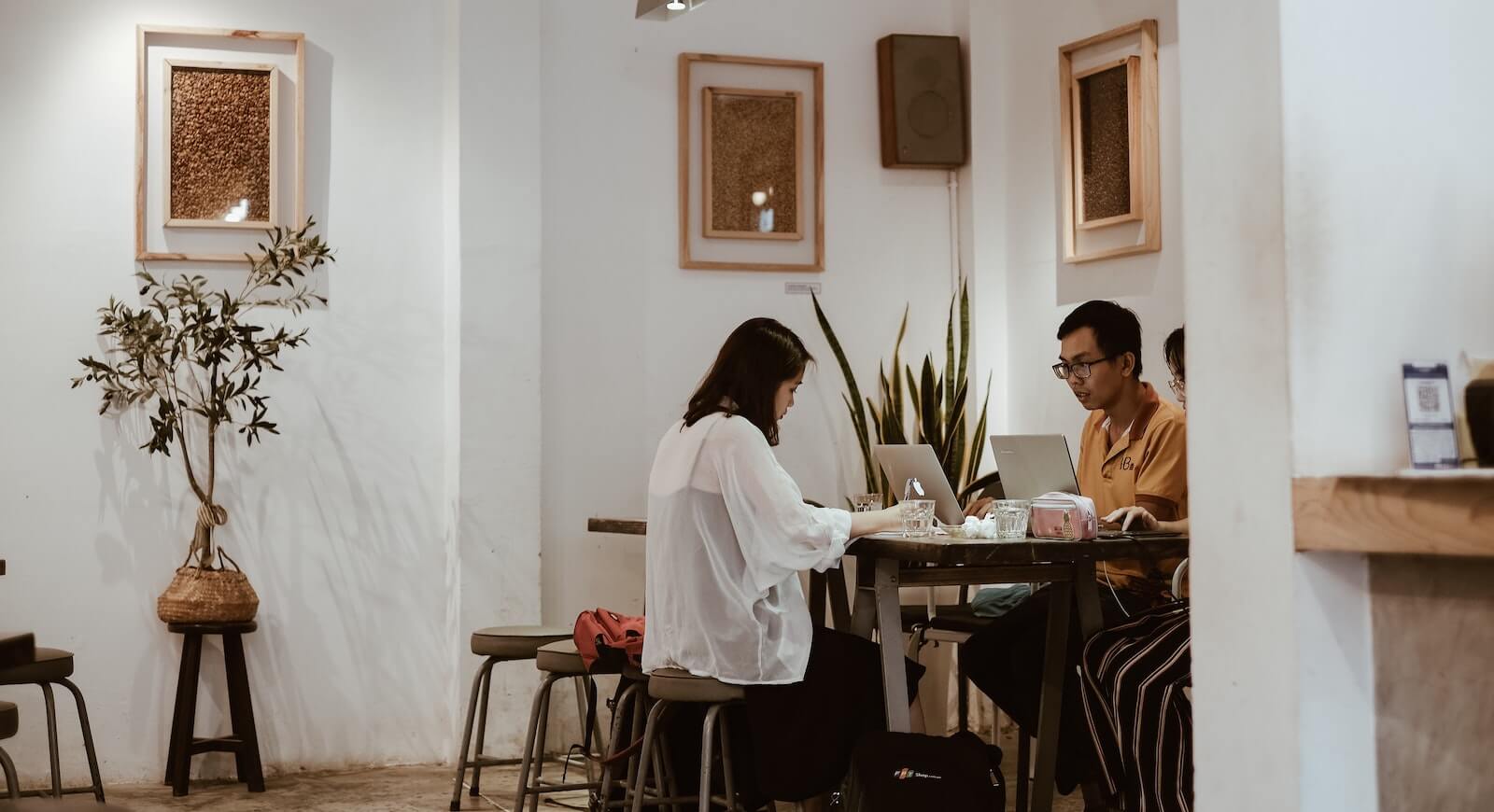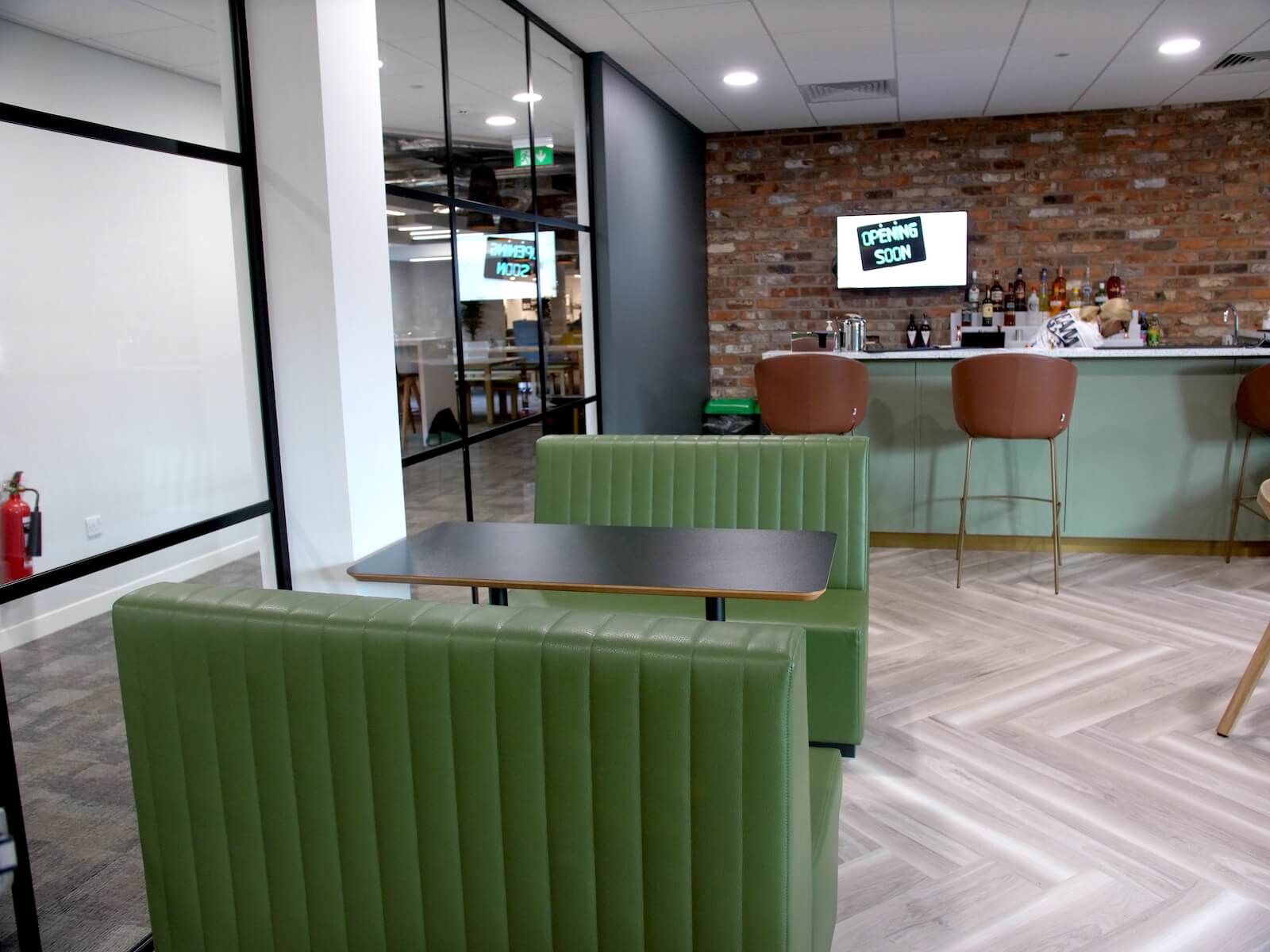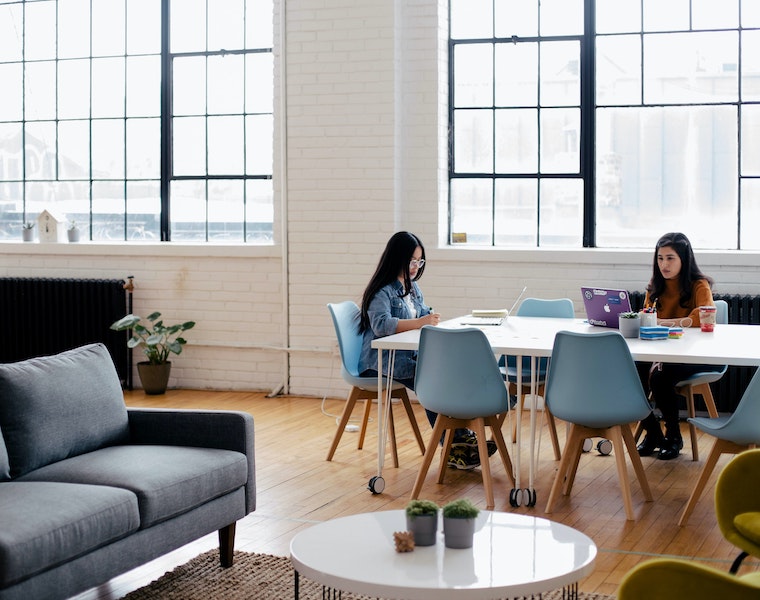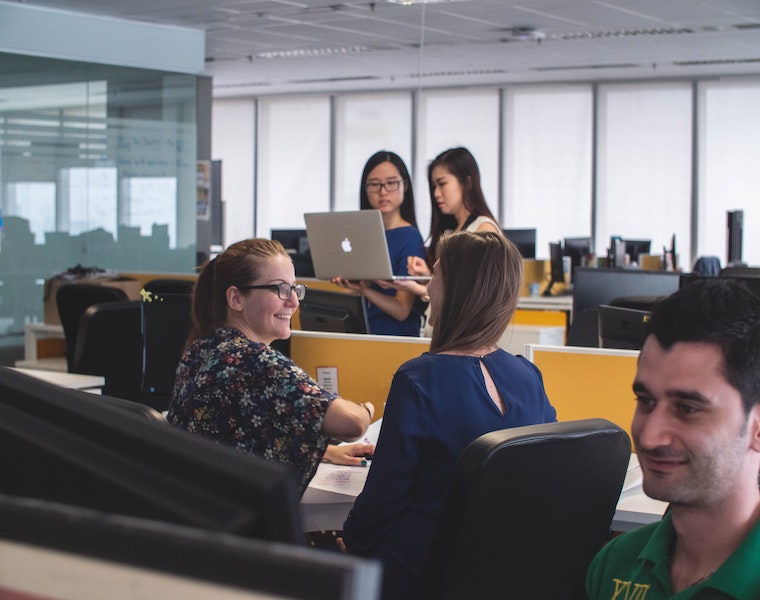It’s common knowledge now that for businesses to retain great staff, they need to become more flexible than ever before – both in terms of the physical workspace but also in company culture. But what about the business-owners themselves? Successful flexible working is built on a foundation of trust and this is something that must be considered. To design offices that cater for both employee and employer, there needs to be a balance of trust and control.

Employee autonomy
Employees are now far more autonomous than they ever have been around where, when and how they work – something catalysed dramatically by the recent pandemic and the consequent overhaul of how the modern working world spins. People no longer want to be told where, how and when they should work all the time – they want to decide this for themselves more regularly, based on their own personal circumstances and preferences.
Facilitating this choice and control for employees is critical if businesses want to attract and retain talent. More and more businesses around the world are adopting these flexible, hybrid and blended ways of working to appeal to today’s workforce, so those that don’t are inevitably putting themselves at a disadvantage.

Employer acclimatisation
However, it’s also important to look at the situation from the other perspective, from the viewpoint of employers who are pivoting into these new ways of working and trying to acclimatise along the way.
For many businesses, hyper-mobility of staff hasn’t historically been the norm and suddenly needing to implement very different attitudes and behaviours takes some getting used to. In order to make this transition successfully, for everyone involved, employers need to feel that they can trust their staff.
For some employers, not being able to see their employees sat at their desks for a prescribed period of time every day is unnerving. It isn’t easy to quantify how people are spending their working hours when they can’t see where they are or what they’re doing. That’s why cultivating trust between employer and employee is so imperatively important when it comes to making flexible, hybrid and blended working modes work for everybody.

What can be done to achieve this balance of employer trust and employee control?
First of all, it’s important to consider why employees want this choice and control around their own working practices. For the vast majority, it won’t be because they want to deceive their employer into thinking they’re working when they’re actually doing something else, non-work-related.
For most reliable employees the most common motivations for more autonomy are around:
Time – Taking the traditional commute time out of the equation gives people far more time to invest in personal things such as hobbies, fitness and childcare. Flexible working hours mean people can work around other things that matter to them so that there is less of a compromise on their personal lives.
Money – With the rising cost of living, being able to control how often they’re having to use public transport or pay for fuel to commute to the office means people can reduce the financial expenditure of their jobs. It also means saving money on things like child care and pet care.
Wellbeing – When considering the four different types of workplace personalities, it’s important to realise that for some people, working remotely is beneficial to their mental wellbeing and professional performance. In these cases, allowing this choice and control means getting more out of people – not less. It also allows people to feel more in control of their own hygiene and safety, which have become more prevalent priorities since Covid.
Work-life balance – All of the above help contribute to a healthier work-life balance and when this is achieved, it nurtures a workforce of happier and more motivated people who are more engaged and energised at work.

However, as we highlighted earlier, it’s essential that this situation is also assessed from the employer’s perspective too. How does this work for them? What can be done to cultivate a more trust-based and harmonious culture and environment?
Naturally, there’s a great deal that can be done in terms of company culture, relationship-building and HR processes but what we want to offer specific advice on is how office design and fit out can help. So, if you’re looking to transform or improve your workplace with a refurbishment or fit out in the near future, we’d recommend the following elements.
Electronic booking systems – For businesses with nomadic and remote workers, electronic desk or room booking systems are a great option. Not only does it help manage the flow of traffic occupying the space, it also enables business owners to have oversight of where and when their staff are working. Systems like this also make it easier to downsize an office efficiently, while still optimising what space is available.

Social spaces – Incorporating purpose-built social spaces in your office design scheme will not only boost relationships between colleagues and cultivate a stronger company culture and sense of belonging, it will also make the office a destination of choice. This will help make the workplace somewhere employees want to go to and choose to go to more regularly. This might be with your office kitchen design, for example, or even an office bar.
Collaboration settings – Again, including plenty of space for collaboration, breakout sessions and idea-sharing will encourage a stronger sense of community and togetherness. Fostering this type of tight company culture will help build those all-important foundations of trust and loyalty.
Plenty of privacy – In recent Steelcase research, it was found that although hybrid collaboration spaces (64%) were top of the list of what people value most right now in workspace design, single-person enclaves for hybrid meetings (62%), privacy (61%) and full or partially enclosed workspaces (58%) weren’t far behind.
Providing employees with what they want from a space will, again, encourage them into the physical workplace more regularly and help nurture a healthy company culture and strong relationships.
Incorporating these things will ensure that you’re not only offering flexibility and autonomy for employees but also supporting trust and reassurance for their employers.
Keep reading: Balancing tradition and progression in office design and culture >




